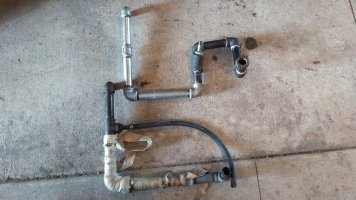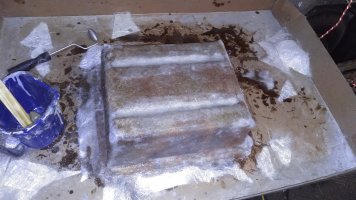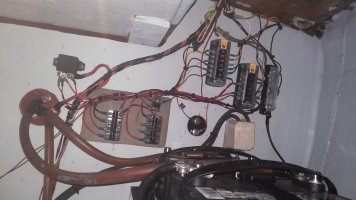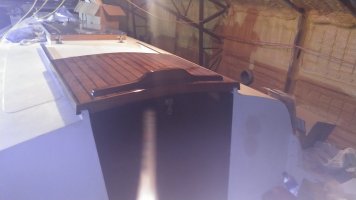Hello again,
The work continues, I am currently prepping the boat for the move outside of the shop. This week I have finished up the hatches.
I had originally planned to update to modern units. The cost was high, but the deal breaker was the fact that I would have to chop off both hatch areas of the cabin roof and reconstruct to fit the new ones, since none of the modern hatches are the same size.
So to save time and money I went back to the old-school box hatches. I used acrylic instead of plexiglass due to its superior uv resistance and less occurence of cracking. I had the new pieces professionally rounded and profiled on the edges, and built new "boxes"
View attachment 44385
I will add window tinting later if needed. I was told by a couple of different sources that tinting film is better than tinted acrylic due to the tinted material absorbing and retaining much more heat. A mirror tint film should stay much cooler.
Hinges and hardware attached, pardon the mess:
View attachment 44386
I think they turned out nice. I was worried that I would crack the material while drilling and countersinking the fastener holes, but I used the correct bits, and lots of patience. Total cost $322 for acrylic, wood, and new hinges.
The companionway is complete as well, I deleted the holes for the old instruments while I was at it.:
View attachment 44387
Next I have to finish repairing the port light surrounds, install the port lights, and remove all trailer wheel hubs for maintenance. I have thrown a trailer wheel before and have no intention of repeating that.
If everything goes well the next update should be outside of the shop.
The plan is to install the mast, work on the exterior paint and running rigging until winter sets in, then set up heaters and finish up the interior over the winter. My goal is to splash by Memorial day.
View attachment 43133








